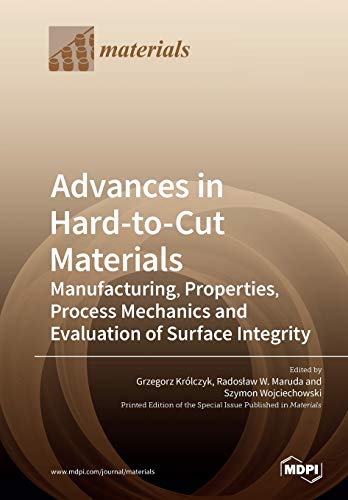

Most ebook files are in PDF format, so you can easily read them using various software such as Foxit Reader or directly on the Google Chrome browser.
Some ebook files are released by publishers in other formats such as .awz, .mobi, .epub, .fb2, etc. You may need to install specific software to read these formats on mobile/PC, such as Calibre.
Please read the tutorial at this link: https://ebookbell.com/faq
We offer FREE conversion to the popular formats you request; however, this may take some time. Therefore, right after payment, please email us, and we will try to provide the service as quickly as possible.
For some exceptional file formats or broken links (if any), please refrain from opening any disputes. Instead, email us first, and we will try to assist within a maximum of 6 hours.
EbookBell Team

4.3
28 reviewsThe rapid growth of modern industry has resulted in a growing demand for construction materials with excellent operational properties. However, the improved features of these materials can significantly hinder their manufacture and, therefore, they can be defined as hard-to-cut. The main difficulties during the manufacturing/processing of hard-to-cut materials are attributed especially to their high hardness and abrasion resistance, high strength at room or elevated temperatures, increased thermal conductivity, as well as resistance to oxidation and corrosion. Nowadays, the group of hard-to-cut materials is extensive and still expanding, which is attributed to the development of a novel manufacturing techniques (e.g., additive technologies). Currently, the group of hard-to-cut materials mainly includes hardened and stainless steels, titanium, cobalt and nickel alloys, composites, ceramics, as well as the hard clads fabricated by additive techniques. This Special Issue, “Advances in Hard-to-Cut Materials: Manufacturing, Properties, Process Mechanics and Evaluation of Surface Integrity”, provides the collection of research papers regarding the various problems correlated with hard-to-cut materials. The analysis of these studies reveals the primary directions regarding the developments in manufacturing methods, characterization, and optimization of hard-to-cut materials.